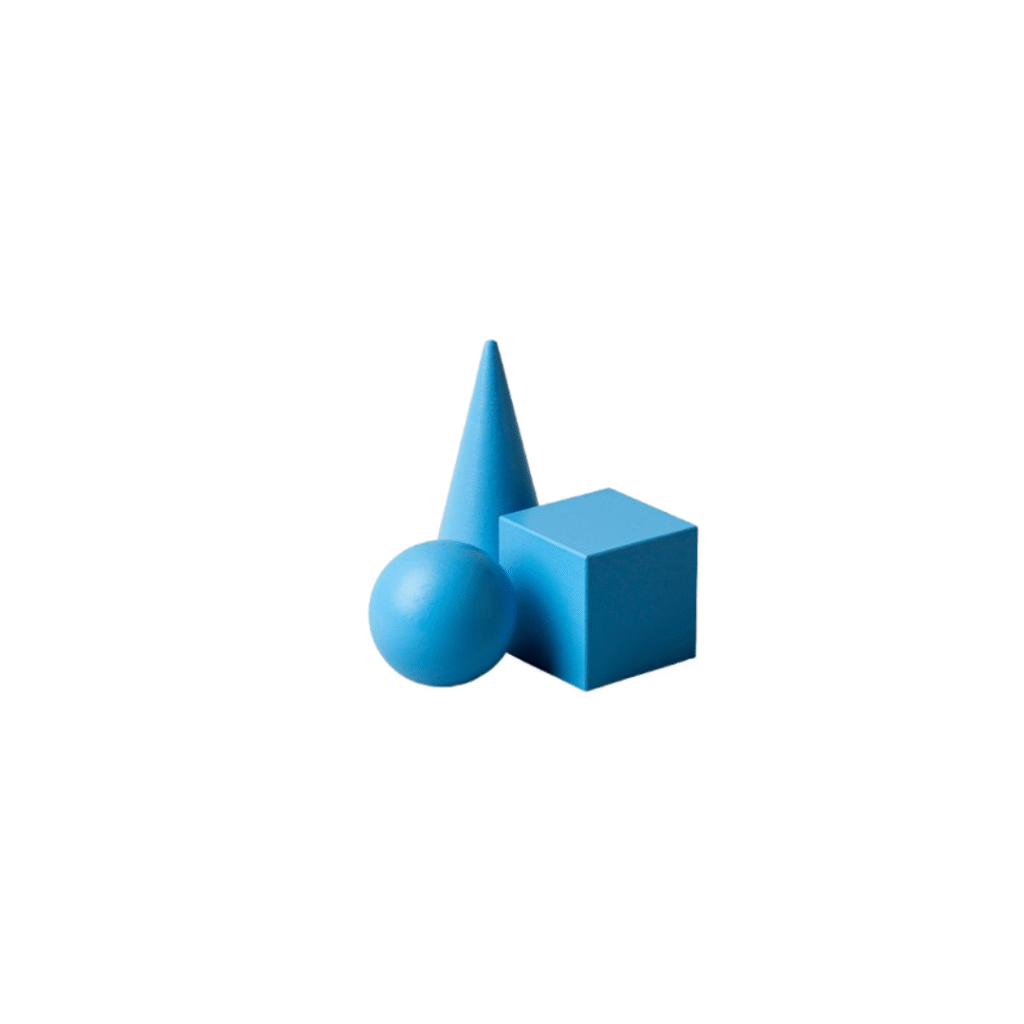Forces and Pressure
Explore the different types of forces, observe magnetic attraction/repulsion, and investigate how **pressure** is affected by surface area and the depth of a liquid.
Key Concepts: Force, Magnetism, and Pressure
▼- **Contact Forces:** Muscular, Frictional.
- **Non-Contact Forces:** Gravitational, Magnetic, Electrostatic.
- **General Pressure:** $$ P = \frac{\text{Force}}{\text{Area}} \quad (\text{Unit: Pascal or } \text{N/m}^2) $$
- **Liquid Pressure:** $$ P = h \cdot \rho \cdot g \quad (h=\text{Depth, } \rho=\text{Density, } g=10 \text{ m/s}^2) $$
Experiment 1: Magnetic Attraction and Repulsion
Simulate the force between two bar magnets based on the distance and type of poles facing each other.
Experiment 2: Pressure Dependence Challenge
Calculate the resulting Pressure ($P$) based on changes in Force, Area, or Liquid Depth.
The same force can exert different pressures. For example, a sharp knife has a very small area, exerting high pressure to cut easily. Wide straps on a school bag have a large area, reducing the pressure on your shoulders. **Pressure is inversely proportional to the area**.
Fluid Pressure and Depth
The pressure exerted by a liquid at a certain depth increases with the **depth ($h$)** and the **density ($\rho$)** of the liquid. It acts equally in all directions at that depth. Submarines and dams must be built strong enough to withstand this high pressure.
Magnetic force is a non-contact force. **Like poles (N-N or S-S) repel**, and **unlike poles (N-S) attract**. The strength of this force decreases rapidly as the distance between the magnets increases.
A force is a push or pull. It can cause a change in the state of motion (speed or direction) of an object, or change its shape. **Friction** is the force that opposes motion.


